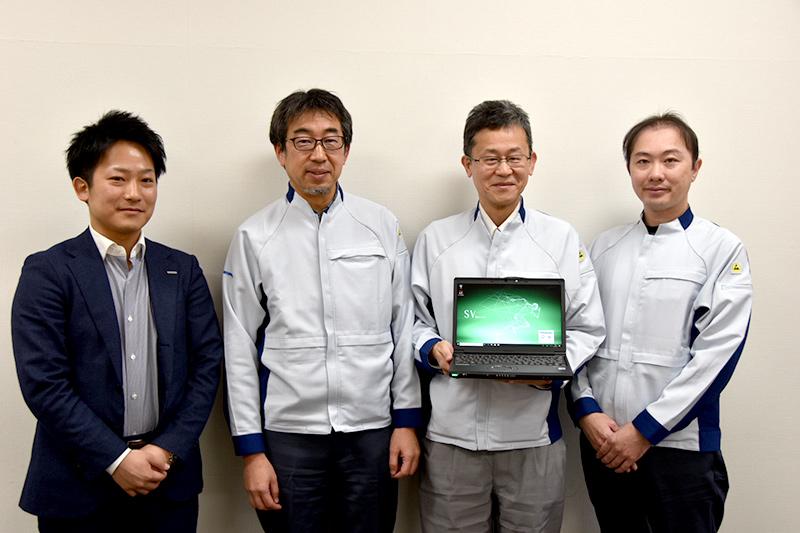Modern standby was once called Instant Go.Before that, it was called Connected Standby (trying a modern standby implemented in Windows 10).
From the first Connected Standby, even after changing the name to a modern standby via Instantogo, it still keeps communication without falling into a complete sleep, like a smartphone, and continues to execute various background tasks.The concept of realizing power saving has not changed.
InstantGo is realized using Intel's Haswell architecture, a Core processor of the 4th generation and subsequent Core processors.

Instead of completely stopping operation to the previous S3 standby, it maintains the network connection and undertakes the necessary communication processing, so it has been connected all the time in a sleep state.You can behave like.
The smartphone has always been waiting for incoming calls when the screen is off, and various processing is performed in the background.InstantGo was trying to realize the same state on a PC.That's around 2013.
The world's first InstantGo machine was VAIO DUO 13, which was under Sony at the time.In Panasonic, InstantGo was implemented in "Let's Note MX3" and commercialized in 2014.I wrote articles in the past about the situation at that time.
5 years from that.This time, Modern Standby was also implemented in the new SV8 series of Let's Note.
Speaking of the SV series, it is a sign of Let's Note.An optical drive and a PC that will be required for the 12 -type liquid crystal, which is packed with all the elements, and realizes a lightweight body of around 1 kg.
The Series of Let's Note, which has gained a great deal of trust from corporate users, has been welcomed by corporate users in 2014 when the MX3 was released.It is a natural idea of system administrators at the time, such as continuing communication during sleep.